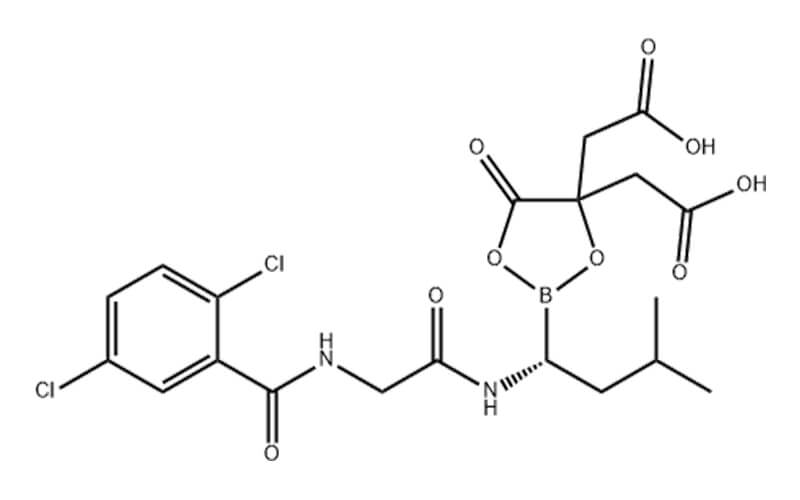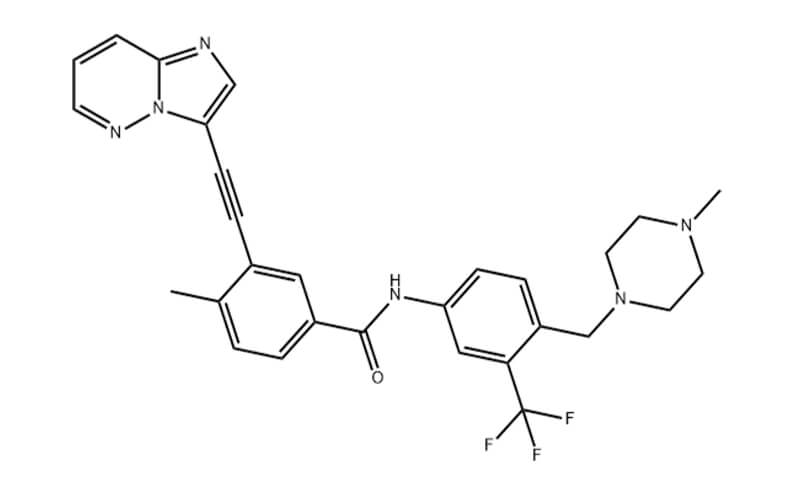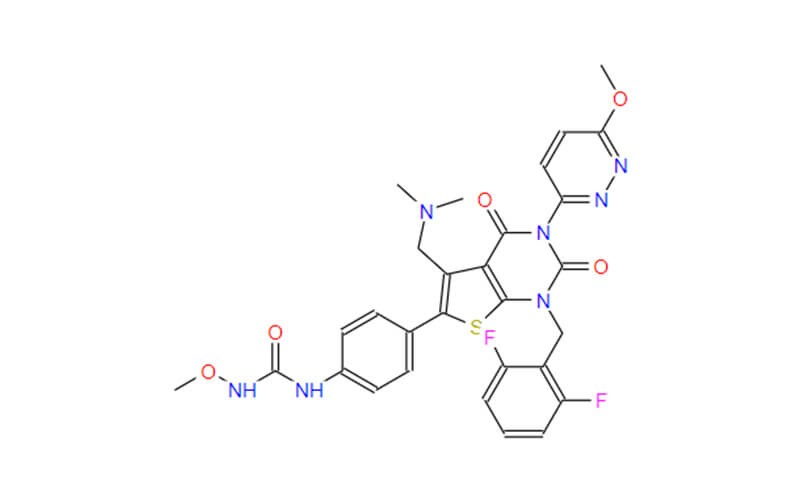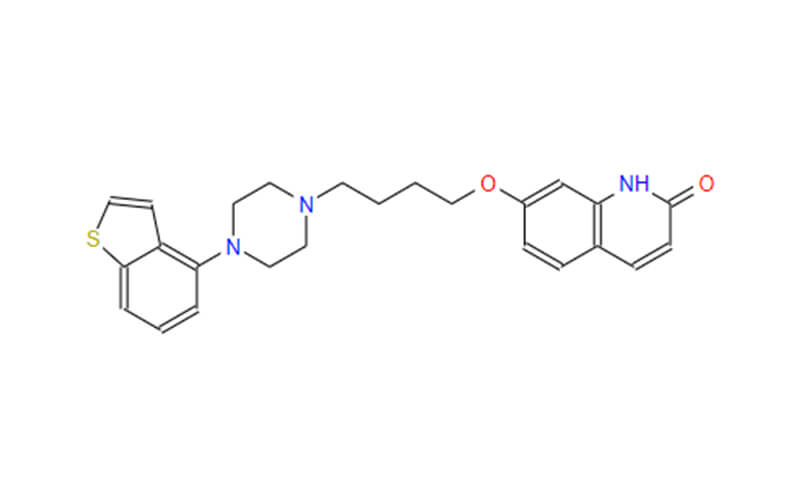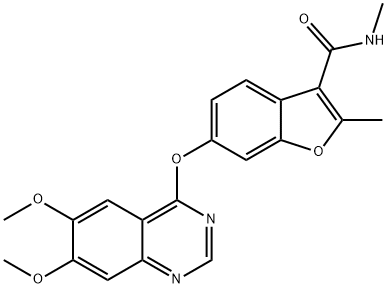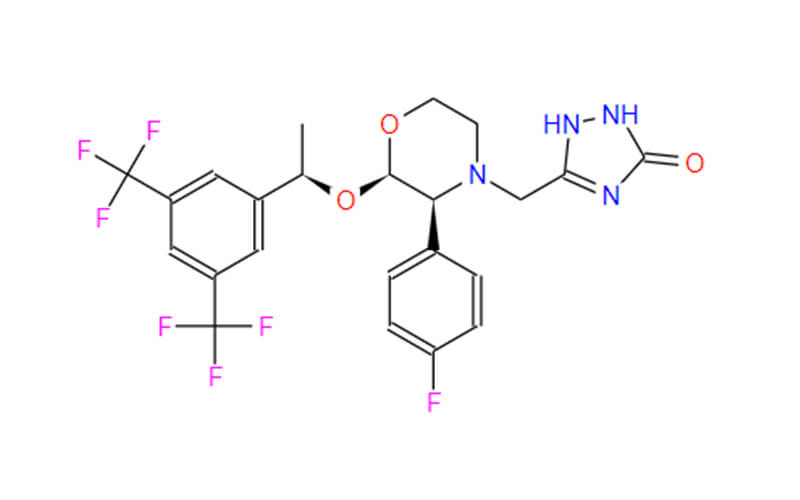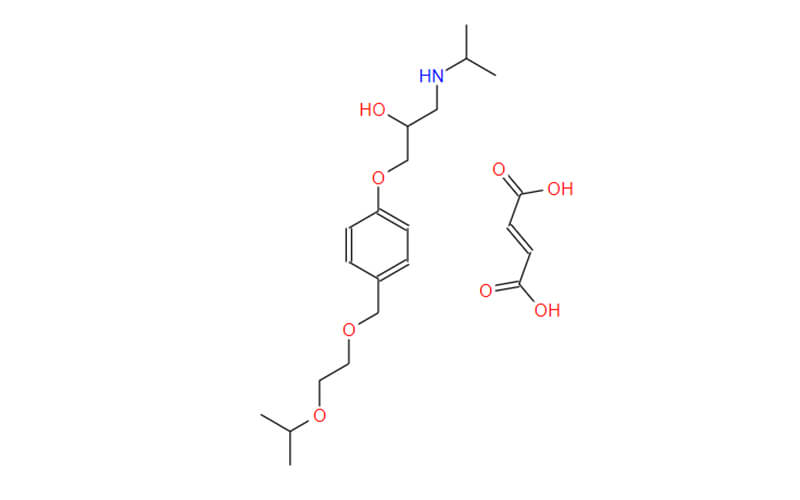Bisoprolol: Mechanism of Action, Pharmacokinetics, and Clinical Applications
Bisoprolol is a medication commonly prescribed to manage high blood pressure (hypertension) and heart failure. It belongs to a class of drugs known as beta-adrenergic blockers, which play a vital role in regulating heart function and blood pressure. This article delves into the science behind bisoprolol, exploring its mechanism of action within the body (pharmacology), how it travels through the system (pharmacokinetics), and the manufacturing process that brings it to pharmacies (bisoprolol fumarate API and manufacturers).
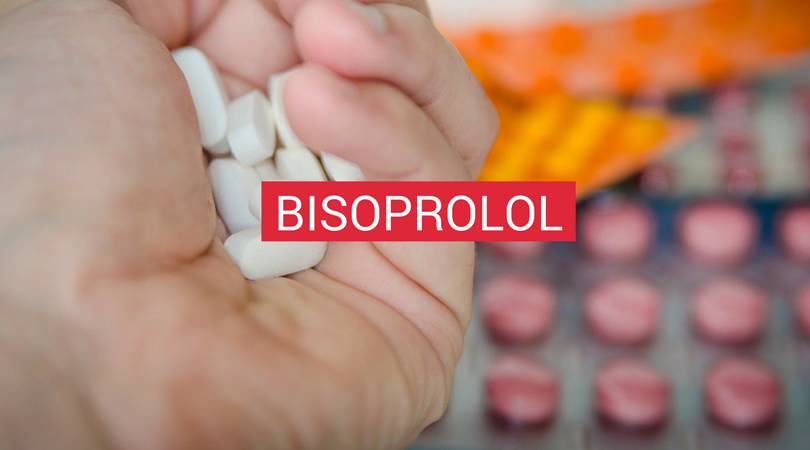
What is the Bisoprolol?
Bisoprolol is a cardioselective beta-1 adrenergic blocker. This means it specifically targets beta-1 receptors located primarily in the heart, with minimal effects on beta-2 receptors found in the lungs and blood vessels. By blocking these beta-1 receptors, bisoprolol reduces the influence of the sympathetic nervous system, a branch of the autonomic nervous system responsible for the body’s “fight-or-flight” response.
In a healthy individual, the sympathetic nervous system helps regulate heart rate, blood pressure, and breathing during periods of stress or exertion. However, in conditions like hypertension or heart failure, overactivity of the sympathetic nervous system can exacerbate symptoms. Bisoprolol’s targeted action on beta-1 receptors helps achieve the following therapeutic effects:
- Reduced heart rate: By blocking beta-1 receptors, bisoprolol allows the heart to beat slower and with less force, decreasing the workload and oxygen demand on the heart muscle. This is particularly beneficial for individuals with heart failure, where the heart struggles to pump blood efficiently.
- Lowered blood pressure: By reducing the heart rate and contractility (force of contraction), bisoprolol helps to decrease the overall blood pressure. This is crucial in managing hypertension, as chronically high blood pressure can damage vital organs over time.
Pharmacological Action of Bisoprolol
Bisoprolol exerts its effects through its interaction with beta-adrenergic receptors, specifically beta-1 receptors located on heart muscle cells. These receptors are G protein-coupled receptors, meaning they rely on a G protein to initiate a cellular response when activated. Here’s a breakdown of the process:
- Ligand Binding: When epinephrine (adrenaline), a hormone released during stressful situations, binds to the beta-1 receptor, it triggers a conformational change in the receptor.
- G Protein Activation: This conformational change activates a G protein located near the receptor. G proteins act as molecular switches, turning on specific signaling pathways within the cell.
- Cellular Response: In the case of beta-1 receptors, G protein activation stimulates the enzyme adenylate cyclase. This enzyme converts ATP (adenosine triphosphate) into cyclic AMP (cAMP), a crucial second messenger molecule.
- Downstream Effects: cAMP activates protein kinase A (PKA), another enzyme that triggers a cascade of events within the heart cell. PKA, for instance, increases the influx of calcium ions, leading to stronger heart muscle contractions and a faster heart rate.
Bisoprolol’s Mechanism of Action
Bisoprolol acts as a competitive antagonist at beta-1 receptors. It competes with epinephrine for binding sites on the receptor. When bisoprolol binds to the receptor, it prevents epinephrine from activating the G protein-adenylate cyclase-cAMP signaling pathway. Consequently, PKA is not activated, and calcium influx into the heart cell is reduced. This results in weaker heart muscle contractions and a slower heart rate, ultimately leading to lower blood pressure.
Selectivity for Beta-1 Receptors
One of the key advantages of bisoprolol is its selectivity for beta-1 receptors. Unlike some older beta-blockers, which block both beta-1 and beta-2 receptors, bisoprolol has minimal effects on beta-2 receptors. This selectivity helps to minimize side effects such as bronchoconstriction (narrowing of airways in the lungs) that can occur with non-selective beta-blockers, making bisoprolol a good option for patients with asthma or chronic obstructive pulmonary disease (COPD).
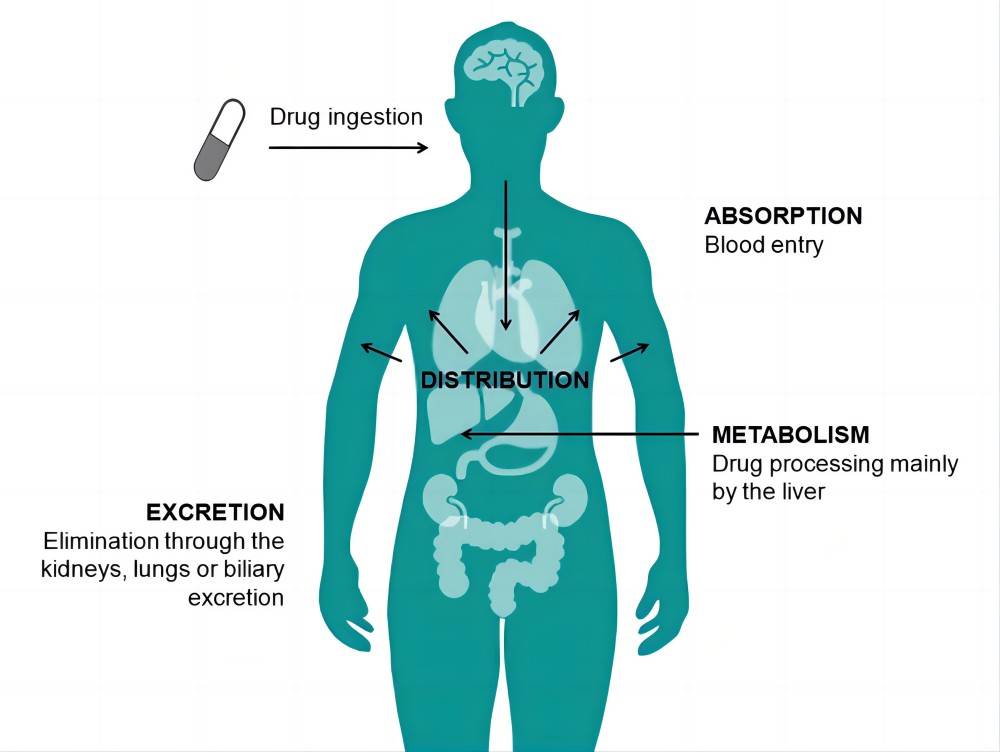
Pharmacokinetics of Bisoprolol
Understanding how a drug moves through the body is crucial for determining its effectiveness and potential side effects. Here’s a closer look at the pharmacokinetics of bisoprolol:
- Absorption: Bisoprolol is taken orally and absorbed from the gastrointestinal tract. However, its absorption rate is relatively slow and incomplete, with only around 60% of the administered dose reaching the bloodstream.
- Distribution: Once absorbed, bisoprolol is highly protein-bound, meaning it reversibly binds to proteins in the blood. This limits the amount of free bisoprolol available to exert its pharmacological effects.
- Metabolism: Bisoprolol undergoes minimal metabolism in the liver, with only about 15% of the dose being metabolized. This minimal hepatic metabolism makes bisoprolol a good choice for patients with liver dysfunction, as their ability to eliminate the drug is less likely to be compromised.
- Excretion: The primary route of bisoprolol elimination is through the kidneys. Around 50% of the dose is excreted unchanged in the urine. The remaining 35% is eliminated through feces, primarily as inactive metabolites.
- Elimination Half-Life: The elimination half-life is an important pharmacokinetic parameter that reflects the time it takes for the body to eliminate half of the administered drug. For bisoprolol, the elimination half-life is approximately 10-12 hours in healthy individuals. This means it takes roughly 10-12 hours for the concentration of bisoprolol in the blood to decrease by half. However, it’s important to note that several factors can influence the elimination half-life of bisoprolol, including:
- Age: As individuals age, their kidney function often declines. This can lead to a prolonged elimination half-life of bisoprolol, necessitating dose adjustments in elderly patients.
- Renal Impairment: Individuals with pre-existing kidney problems may have significantly slower elimination of bisoprolol. This highlights the importance of monitoring kidney function in patients taking bisoprolol, particularly those with existing renal issues.
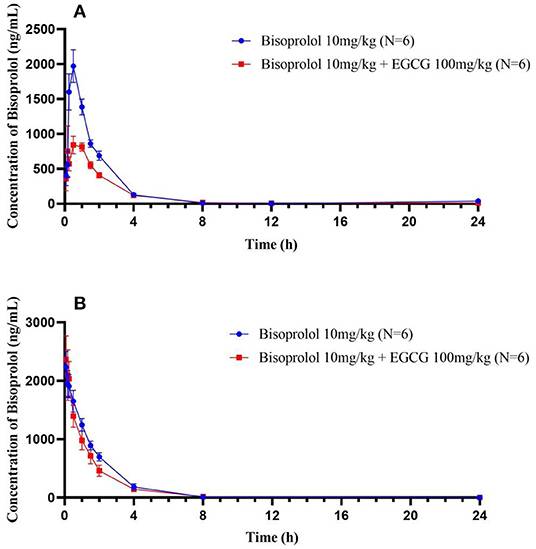
Bisoprolol Fumarate API and Manufacturers
Bisoprolol is not directly administered as a pure molecule. Instead, it’s used in the form of a specific salt, bisoprolol fumarate. This salt form improves the stability, solubility, and overall manufacturability of the drug. Bisoprolol fumarate acts as the Active Pharmaceutical Ingredient (API) in bisoprolol medications.
Role of API Manufacturers
APIs are the essential ingredients of any medication. Pharmaceutical companies typically source APIs from specialized manufacturers who possess the expertise and facilities to produce high-quality, consistent drug substances. These manufacturers adhere to stringent regulatory guidelines to ensure the purity, potency, and safety of the APIs they produce.
Qingmu: Your Trusted Bisoprolol Fumarate Business Partner
Bisoprolol is a cornerstone therapy for various cardiovascular conditions, and the demand for bisoprolol fumarate API reflects its widespread use. As a reliable and quality-focused bisoprolol fumarate manufacturer, Qingmu stands out as your trusted partner in the bisoprolol fumarate API market.
1. Qingmu’s Expertise in Bisoprolol Fumarate API Production
At Qingmu, we possess extensive experience and advanced capabilities in bisoprolol fumarate production. Our state-of-the-art facilities are equipped with cutting-edge technology and staffed by a team of highly qualified scientists and engineers. We adhere to the strictest cGMP (Current Good Manufacturing Practices) standards to ensure the consistent production of bisoprolol fumarate API that meets the highest quality benchmarks.
2. Commitment to Quality and Consistency
Qingmu prioritizes quality throughout the entire manufacturing process. We implement rigorous quality control measures at every stage, from raw material sourcing to final product testing. This meticulous approach guarantees the purity, potency, and safety of our bisoprolol fumarate API.
3. Reliable Supply and Competitive Pricing
We understand the importance of a dependable supply chain for pharmaceutical companies. Qingmu maintains a robust production capacity to ensure consistent and timely delivery of bisoprolol fumarate API to meet your business needs. Additionally, we offer competitive pricing to make Qingmu a fiscally responsible partner for your bisoprolol medication development or manufacturing.
4. Building Long-Term Partnerships
At Qingmu, we believe in fostering strong and collaborative relationships with our clients. We are dedicated to providing exceptional customer service and technical support throughout the entire partnership. Our team of experts is readily available to address your inquiries and provide guidance on all aspects of bisoprolol fumarate API.
5. Partner with Qingmu for Your Bisoprolol Needs
Whether you are a pharmaceutical company developing a new bisoprolol medication or a manufacturer seeking a dependable source of high-quality bisoprolol fumarate API, Qingmu is the ideal partner for you. We offer a winning combination of expertise, quality, reliability, and commitment to excellence.
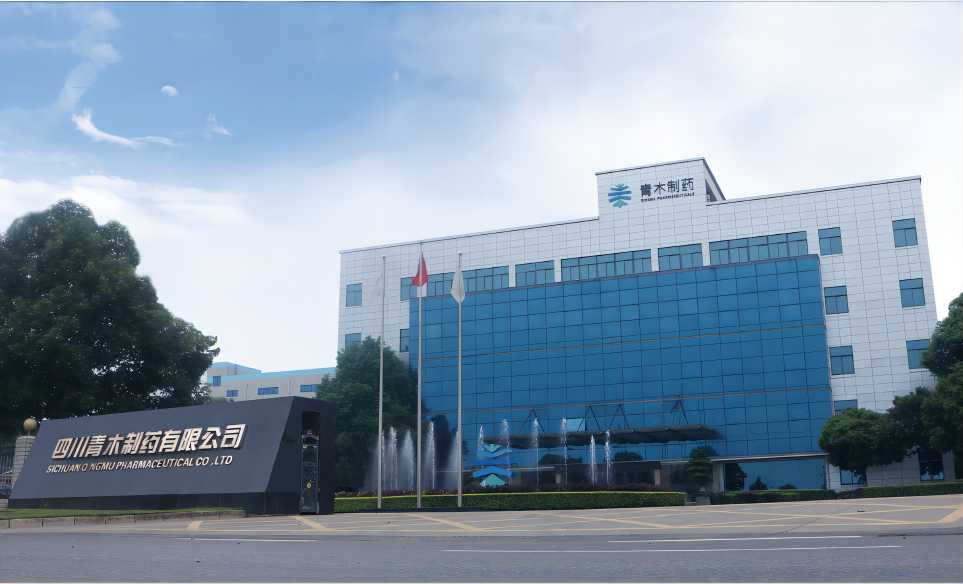
Conclusion
Bisoprolol plays a significant role in managing hypertension and heart failure. Its ability to selectively target beta-1 receptors allows for effective blood pressure control and reduced workload on the heart muscle. Understanding the pharmacological action and pharmacokinetic profile of bisoprolol is crucial for healthcare professionals to optimize its use and minimize potential side effects. The availability of high-quality bisoprolol fumarate API from reputable manufacturers ensures the consistent production of safe and effective bisoprolol medications for patients worldwide.

